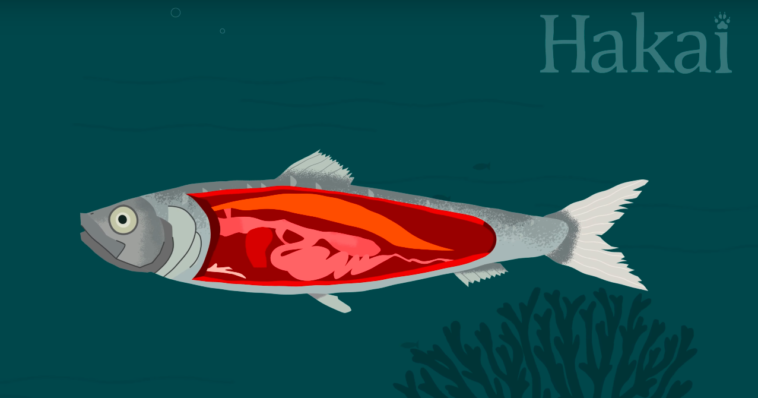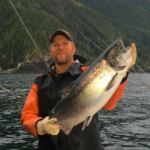Have you ever wondered if fish fart? They do, sort of.
A swim bladder is “like an internal balloon that helps fish stay at a specific depth without having to expend too much energy.”
Hakai Institute
This new animated explainer video released by the Hakai Institute, a marine research organisation based in coastal B.C., explains how fish stay buoyant in the water using a unique organ called a swim bladder.
A swim bladder is “like an internal balloon that helps fish stay at a specific depth without having to expend too much energy,” the video tells us. In other words, the bladder keeps them from sinking to the bottom or floating up to the top. They are found in herring, salmon, and other coastal bony fish.
There are two types of swim bladders. One is an open bladder, using a ‘gulp and fart’ method to take in and expel gas. The fish swims to the surface, gulps in air, and then releases gas to swim down into the depths.
The other type is the closed swim bladder, which diffuses gas back and forth from the blood to inflate and deflate the bladder. This process is completely internal to the fish.
As the video explains, not all marine animals have swim bladders to manage their buoyancy. Some, like sharks and rays, have fatty livers full of an oil called squalene, which keeps their heavy bodies light and buoyant in the water.
For the fish that do have swim bladders, they aren’t used just for controlling gas. They are also ‘resonating chambers’, meaning they can produce and receive sound, which is useful for scientists using sonar technology to locate fish.
For more fun fishy facts, check out the Hakai Insitute’s Long Story Shorts video series.






